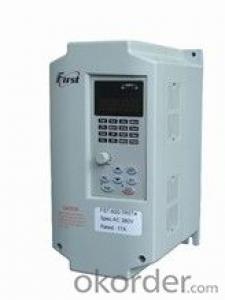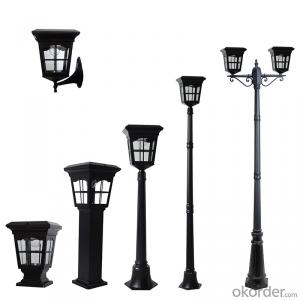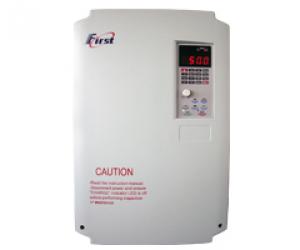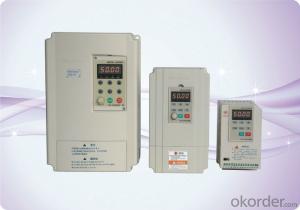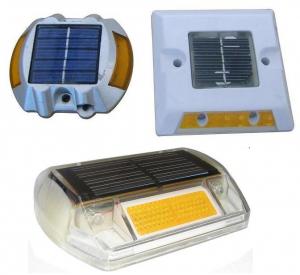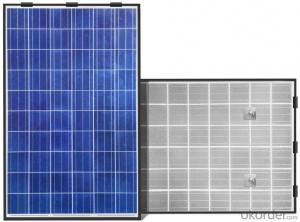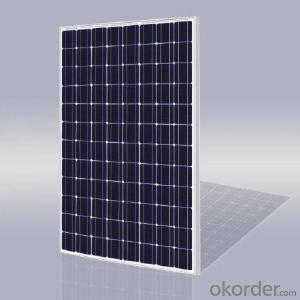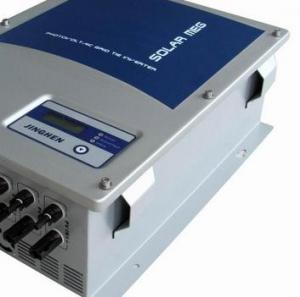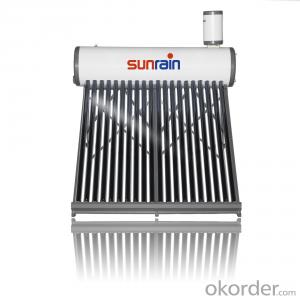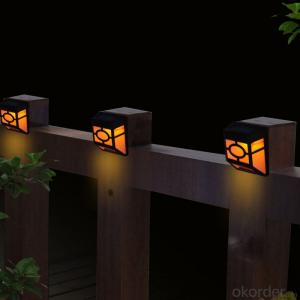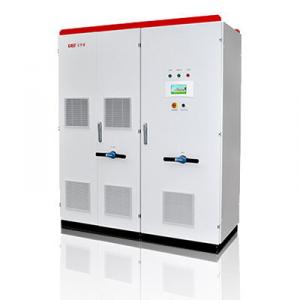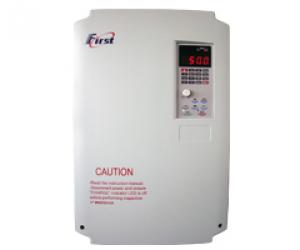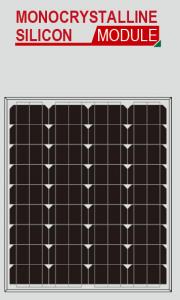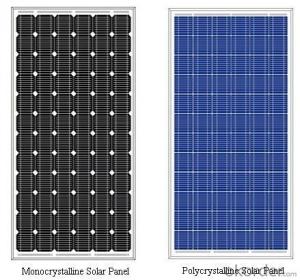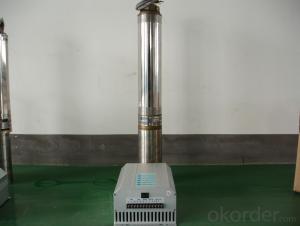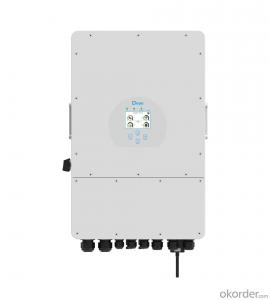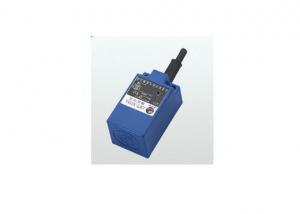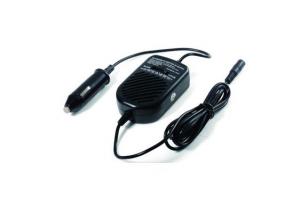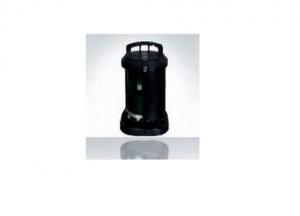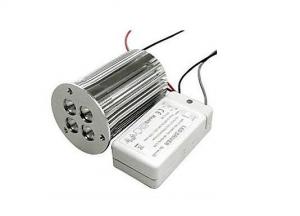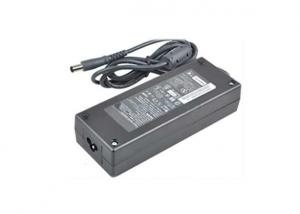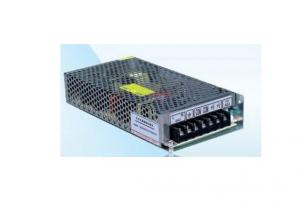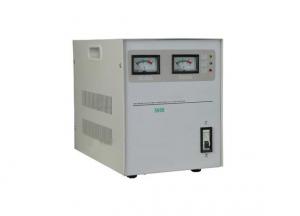Cheap Solar Inverter
Cheap Solar Inverter Related Searches
Cheap Solar Power Inverter Cheap Solar Micro Inverter Cheap Off Grid Solar Inverter Solar Inverter Low Price Best Budget Solar Inverter Easy Solar Inverter Good Solar Inverter Cost Solar Inverter Buy Solar Inverter Cheap Solar Cells Homemade Solar Inverter Mini Solar Inverter For Home Solar Inverter For Home Best Solar Inverter Small Solar Inverter Price Inverter For Solar Price Of Solar Inverter Mini Solar Inverter Easy Power Solar Inverter Small Solar Inverter Best Inverter Solar Cost Of Solar Inverter Solar Inverter Fiyatları Best Solar Inverter For Home The Best Solar Inverter Solar Power Inverter For Home Solar Inverter Price Best Solar Power Inverter Best Inverter For Solar Solar Inverter PricesCheap Solar Inverter Supplier & Manufacturer from China
Cheap Solar Inverter is a cost-effective solution for those looking to harness the power of the sun for their energy needs. These inverters are designed to convert the direct current (DC) produced by solar panels into alternating current (AC), which can be used to power homes, businesses, and other electrical devices. They are an essential component in any solar power system, providing a reliable and efficient means of utilizing renewable energy.The application and usage scenarios for Cheap Solar Inverter are vast, making them suitable for a wide range of environments. They can be used in residential settings to reduce electricity bills and increase energy independence, or in commercial and industrial applications to lower operational costs and contribute to a greener footprint. Additionally, these inverters can be employed in off-grid systems, providing power to remote locations where traditional electricity is not available or is unreliable.
Okorder.com is a leading wholesale supplier of Cheap Solar Inverter, boasting a large inventory that caters to the diverse needs of customers worldwide. With a commitment to quality and affordability, Okorder.com ensures that customers have access to reliable and efficient solar inverters at competitive prices. By offering a wide range of options, Okorder.com enables customers to find the perfect inverter to meet their specific energy requirements and budget constraints.
Hot Products
